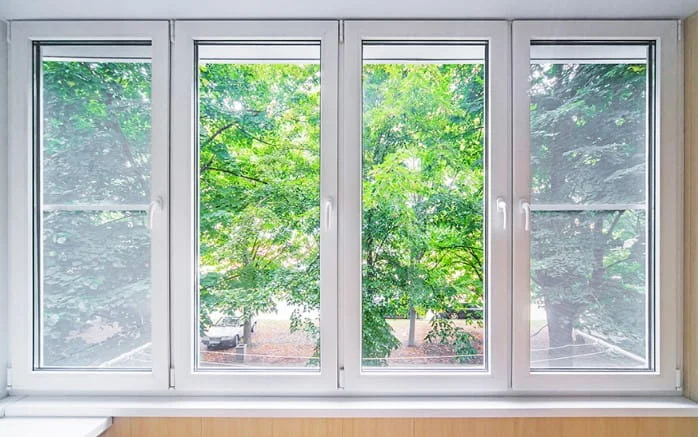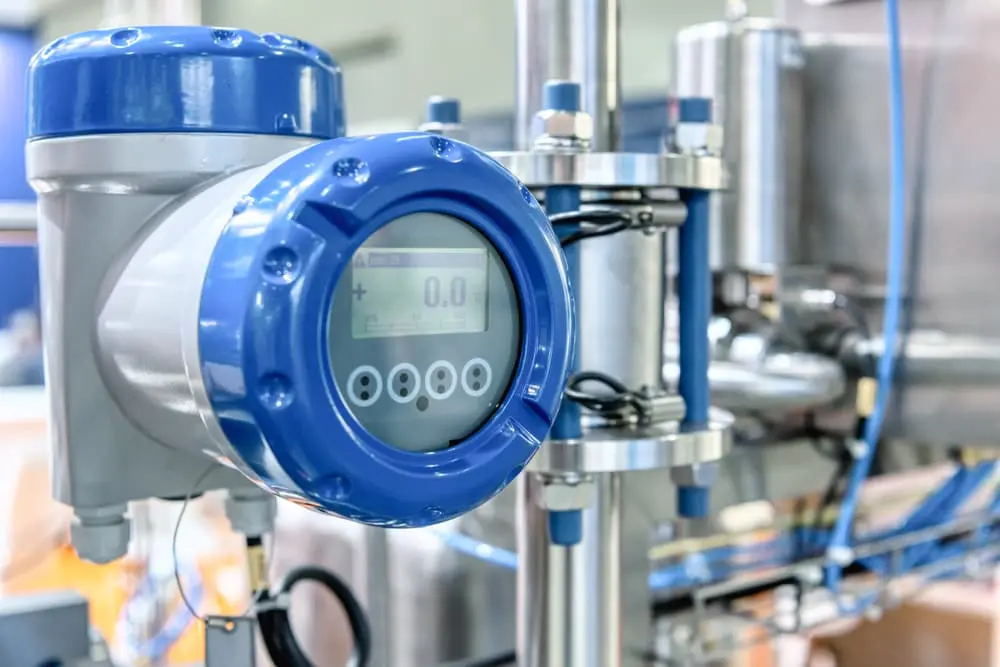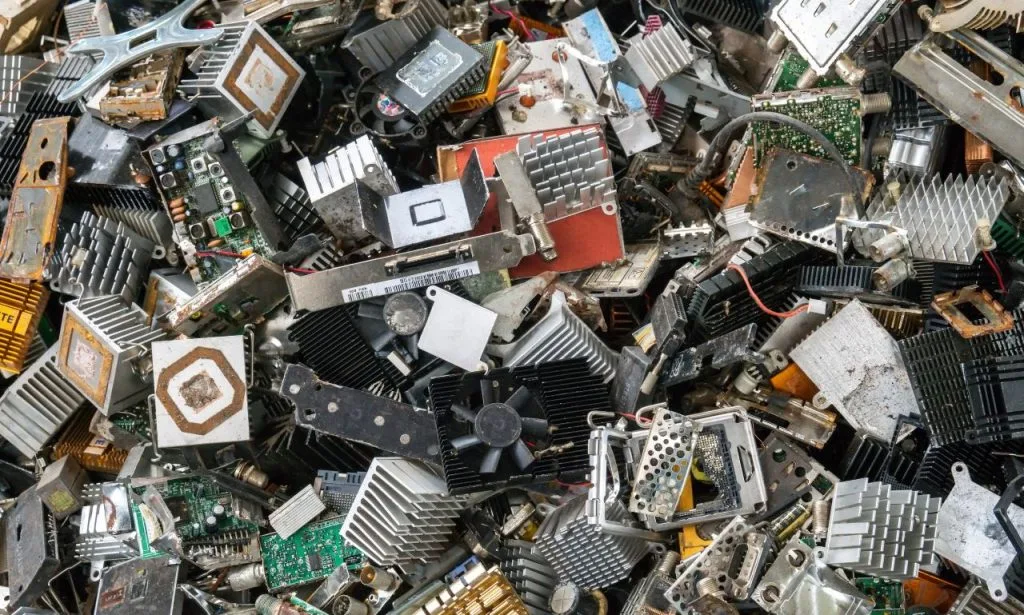
Maintaining clean windows is essential for both aesthetics and hygiene, whether in residential homes, commercial buildings, or industrial facilities. Over the years, various window cleaning methods have been developed, each with its own set of advantages and drawbacks. This article compares traditional window cleaning, water-fed pole systems, and automated robotic window cleaners to help you choose the best method for your needs.
Traditional Window Cleaning
Method Overview: Traditional window cleaning involves manual scrubbing and wiping using a squeegee, scrubber, and cleaning solution. Professionals often use ladders or scaffolding for high windows.
Advantages:
- Thorough Cleaning: Skilled professionals can achieve a streak-free finish and tackle stubborn stains with precision.
- Versatility: Suitable for various types of windows, including those with intricate designs or hard-to-reach areas.
- Cost-Effective: Initial investment in tools and supplies is relatively low.
Disadvantages:
- Time-Consuming: Manual cleaning can be labor-intensive and slow, especially for large or multi-story buildings.
- Safety Risks: Climbing ladders or using scaffolding presents a risk of falls and injuries.
- Weather-Dependent: Outdoor cleaning can be hindered by adverse weather conditions such as rain or strong winds.
Water-Fed Pole System
Method Overview: The water-fed pole system uses telescopic poles with a brush at the end, connected to a water source. The poles can extend to several stories high, allowing cleaners to work from the ground. Purified water is pumped through the brush, which cleans the windows and leaves a spot-free finish as it dries.
Advantages:
- Safety: Cleaners work from the ground, eliminating the need for ladders or scaffolding.
- Efficiency: Faster cleaning process, especially for tall buildings and large window areas.
- Eco-Friendly: Uses purified water, reducing the need for chemical cleaning solutions.
Disadvantages:
- Initial Cost: Higher upfront investment in equipment.
- Limited Scrubbing Power: May struggle with removing stubborn stains or grime without pre-treatment.
- Water Access: Requires a reliable source of purified water, which may not be readily available in all locations.
Automated Robotic Window Cleaners
Method Overview: Robotic window cleaners are autonomous devices that attach to the window surface using suction or magnets. They move across the glass, cleaning as they go with built-in brushes and squeegees.
Advantages:
- Automation: Minimal human intervention required, saving time and labor costs.
- Safety: Eliminates the need for climbing or reaching high windows.
- Consistency: Provides uniform cleaning results across the window surface.
Disadvantages:
- Technology Limitations: May struggle with corners, edges, and non-standard window shapes.
- Initial Cost: High upfront cost for the robotic device.
- Maintenance: Requires regular maintenance and charging to ensure optimal performance.
The choice of window cleaning method depends on various factors, including the size and height of the building, budget, and specific cleaning requirements. Traditional window cleaning remains a viable option for detailed, hands-on cleaning, particularly for small to medium-sized buildings. Water-fed pole systems offer a safer and more efficient solution for larger buildings and multi-story structures. Automated robotic window cleaners provide a modern, hassle-free approach but may require a significant investment and ongoing maintenance.
Ultimately, a combination of methods may be the best approach to achieving pristine windows, ensuring both effectiveness and safety.






